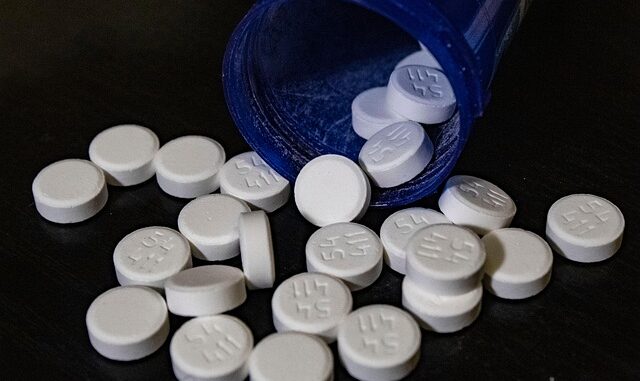
Summary
The FDA is pushing for crucial changes to buprenorphine labeling, aiming to improve opioid addiction treatment. These changes clarify dosing guidelines and address misconceptions about maximum dosages, potentially increasing access to effective care. This move reflects a broader shift towards personalized treatment approaches for opioid use disorder.
** Main Story**
Okay, so the FDA’s really pushing for some big changes to how buprenorphine is labeled. And honestly, it’s about time. What does that mean for us? Well, it could drastically change how we treat opioid addiction, making it way more personalized.
Clearing Up the Confusion Around Dosing
Right now, the labeling on buprenorphine bottles can be pretty confusing. It often mentions a ‘maximum’ daily dose, usually around 16mg or 24mg. The thing is, that’s not always enough for everyone, especially now, with fentanyl becoming so widespread. Some clinicians, and even insurance companies, have taken that ‘maximum’ very literally, refusing to prescribe or cover higher doses, even when a patient really needs it. I’ve heard stories from colleagues struggling to get the right dosage approved for their patients – it’s a nightmare!
The FDA wants to get rid of that confusion, and basically say, loud and clear, there isn’t actually a hard maximum dose. Dosage has to be based on each individual and how they’re responding to the medication. It’s about tailoring the treatment to the person, not sticking to some arbitrary number.
Think about it: someone coming off of a heavy fentanyl habit is probably going to need a much higher dose than someone who was using, say, prescription painkillers. It’s just common sense. By getting rid of the perceived limits, doctors can actually treat their patients properly. Seems obvious, right? But it’s a critical step.
Knocking Down Barriers to Treatment
And it’s not just about the doctors; it’s about the insurance companies too. The current labeling has given them an excuse to deny coverage for higher doses. I mean, can you believe that? So, what happens when someone actually needs a higher dose to get stable? They’re stuck paying out of pocket, or worse, they relapse.
The FDA’s hoping that by clarifying the guidelines, they can influence these insurance policies. They want to make sure that people get the level of care they need, no matter the cost. Makes sense, because if people can’t afford treatment, what chance do they have?
That said, it’s a big step towards making treatment more accessible and, honestly, more fair. Removing those financial barriers, that’s really what it’s all about. It’s not like people choose to become addicted, do they?
The Future of Personalized Addiction Treatment
This whole thing really reflects where addiction treatment should be headed: towards personalized care. We’re finally starting to realize that addiction isn’t a one-size-fits-all kind of deal. It’s about considering someone’s history, their mental health, their preferences, everything. You know, treating them like a human being, not a statistic.
For instance, I remember reading about this program that combines medication with therapy and job training. It’s like, they’re not just treating the addiction, they’re helping people rebuild their lives. It’s that kind of holistic approach that really makes a difference.
And the proposed changes to buprenorphine labeling? Well they’re just one piece of the puzzle. The FDA’s also working on things like streamlining prescribing rules and reducing the stigma around substance use. As of April 4, 2025, these proposed changes are still under review. The big picture is reducing overdose deaths and actually helping people get their lives back. That’s what really matters, wouldn’t you agree? I really hope it goes through.


Be the first to comment